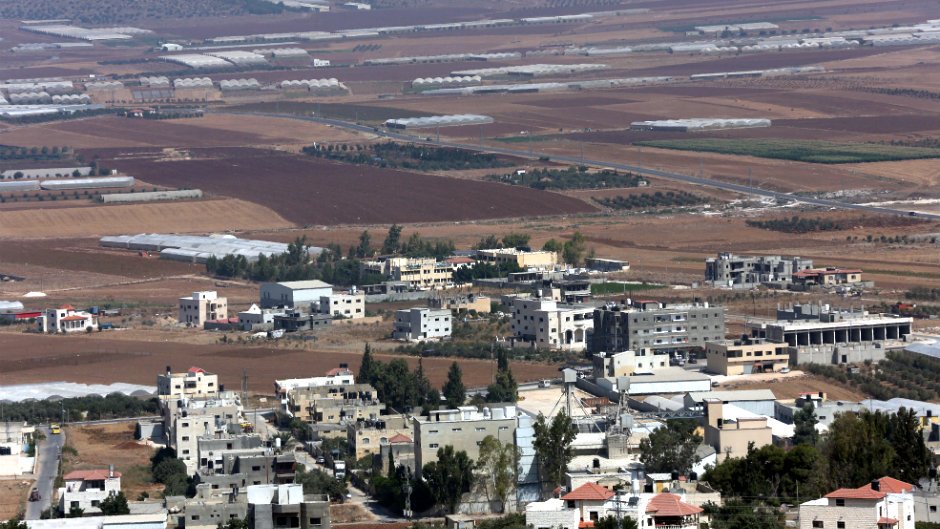With great concern the Planning and Building Committee in Jenin the northern West Bank has warned against the escalating phenomenon of converting fertile lands in the district into buildable lands for residential use in a clear violation of the laws in force.
The committee pointed in a report to the increasing encroachment on agricultural and state lands which are later sold for urban development.
According to studies about 20% of the highly fertile lands in Jenin have been drained in construction although this violates the laws in force which poses a great threat to the Palestinian food basket.
Palestinian activists protested months ago when a land agent sorted more than 200 dunums of agricultural lands in Beit Qad east of Jenin in preparation for selling them for construction. The Local Government Directorate ordered him to stop and warned him yet he was able to complete his work through relations with some people of authority.
Engineer Ali Barakat told the PIC reporter that the absence of the culture of vertical construction contributes to the ongoing devouring of agricultural lands. Also he added no serious actions have ever been made to deter violators.
No penalties increasing violations
Barakat added “When people illegally build in Marj Ibn Amer Marj Sanur Beit Qad and other areas and get electricity and other services without being subjected to sanctions then what will prevent building in these areas?”
While the fertility of agricultural lands in the area has been distorted by random construction part of the problem lies in the absence of proper urban planning according to urban planning expert Mazen Alawneh.
He blamed municipalities and local authorities for not doing enough planning to equip mountains and hills to attract population by establishing appropriate infrastructure in advance for example.
Alawneh pointed out that Jenin as well as other districts is suffering from ongoing shrinking of agricultural land which covers about 80% of the district’s area.
He said that although the spatial plan was set years ago and according to it the Ministry of Local Government can prevent construction in the agricultural lands classified as “highly fertile” this has not contributed much to protecting fertile lands due to the poor follow-up and implementation.
According to Alawneh the spatial plan approved by the Supreme Council for Planning and Building divides lands ino three categories: lands with high fertility and it is forbidden to build on them lands with medium fertility and construction there is permitted under certain conditions and for agricultural purposes only and lands with low fertility which are allocated for both agricultural and residential use.
However he added these classifications have become of no value as the fact is that highly fertile lands are increasingly and horrifyingly being turned into cement blocks.















